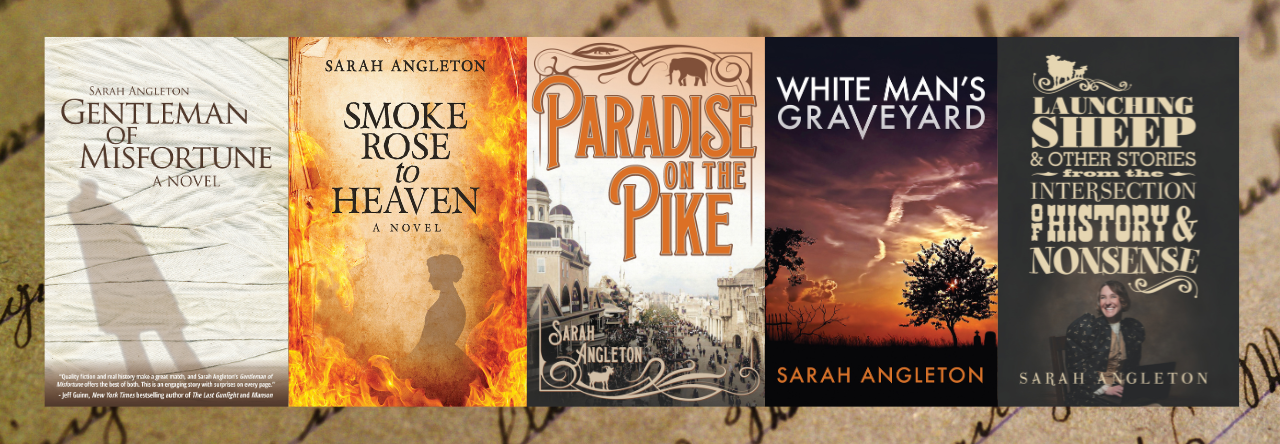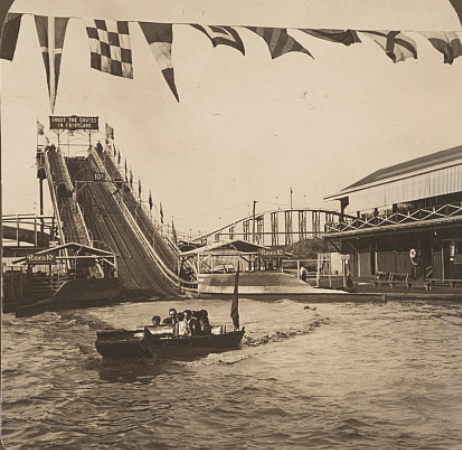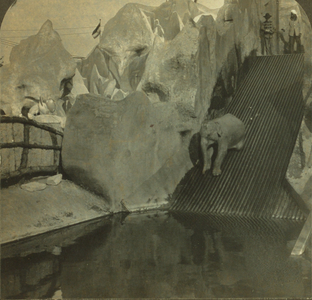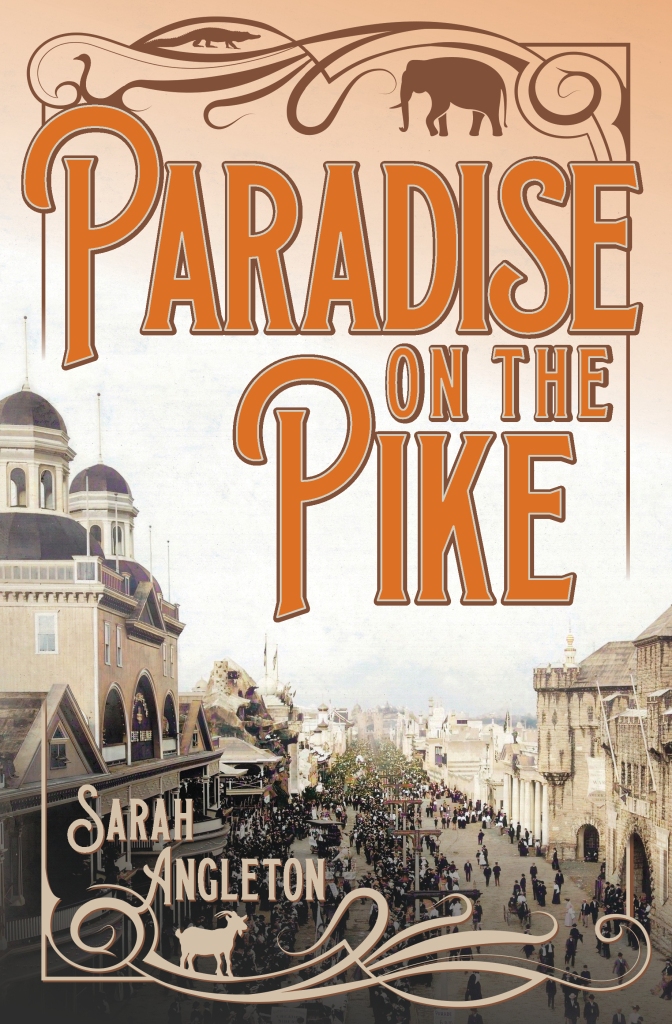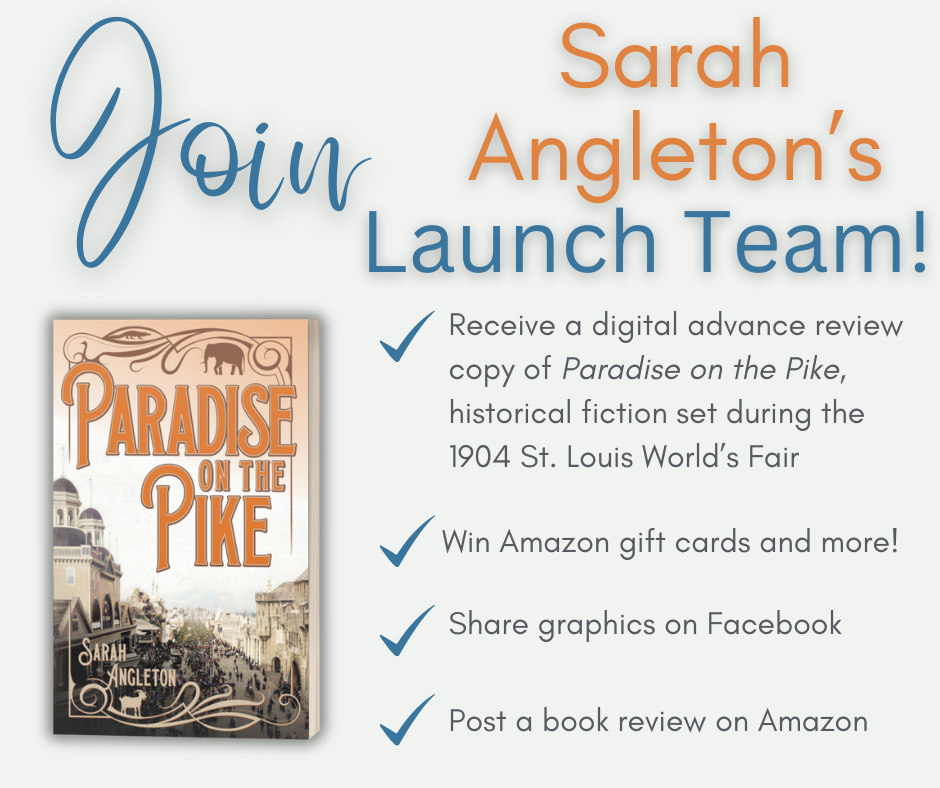In 1936, Eleanor Roosevelt wrote in her nationally syndicated news column, My Day: “I wonder if anyone else glories in cold and snow without, an open fire within, and the luxury of a tray of food all by oneself in one’s own room? I realize it sounds extremely selfish and a little odd to look upon this as a festive occasion. Nevertheless, last night was a festive occasion for I spent it in this way!”
This from a woman who gave more than three hundred press conferences in her role as First Lady, served as a delegate in the United Nations, and averaged more than a hundred speaking engagements a year throughout her life in public service. In her own words, she was an “ugly duckling” who was a “shy, solemn child,” who eventually grew into the woman who insisted you should “do one thing every day that scares you.”
But even though Mrs. Roosevelt clearly conquered her shyness, she still enjoyed a quiet evening by herself from time to time, indicating that this first lady was probably a pretty good example of an introvert.
That’s not the same thing as shy, of course, though the two may go hand in hand. Introversion is a personality trait that demands moments of quiet introspection. The introvert may actually enjoy a good party or press conference as much as her buddy the extrovert. The difference is that after the speech has been given, the crowd has dispersed, and the extrovert is all keyed up and on the lookout for the next party, the introvert is feeling the need for a festive night in with a tray.
I totally feel Eleanor on this one. I am not a particularly shy person. Maybe I was when I was younger, though I’m happy to say I never really considered myself an ugly duckling. I generally enjoy getting to know others and I’m sure I could manage a good press conference if I ever had to. But after that’s all done, I tend to be pretty exhausted. And boy am I tired right now.
If you’ve been reading this blog for the last few weeks, then you already know I’m in the throes of a book launch. It’s going well. Compared to previous book launches I’ve done, it’s actually going really well. By that I mean there seem to be actual real people that I don’t personally know, buying and reading my book.
I’m sure it helps that this is the fifth book I’ve sent out into the world. and maybe just maybe I’m getting better at it. For this one especially, I spent a minute or two over the past several months lining up promotional opportunities, most of which have been more or less panning out now that the time is finally here. Because the book has a timely and local connection, I’ve lucked into a few opportunities as well. And then there’s my wonderful launch team that has been enthusiastically and generously hyping the novel all over social media.
I am truly grateful that because of these efforts, this book is off to a good start, winding its way into the hands of a wider audience than I’ve ever reached before. In many ways, I am living in a lovely literary daydream. I’m also fairly overwhelmed at all the attention coming at me and my book, which is kind of my introvert nightmare.

There’s a part of me (a big part, if I’m being honest) that might rather everyone just go back to their previously scheduled lives and ignore me and my book as we curl up to enjoy a festive night in.
Of course I don’t really want that. I do want people to read the book. It’s just that because I have strong introvert tendencies, I’m tired and also totally excited to know readers are discovering the book and engaging with it and with me, and I’m tired and I’m enthusiastic and I’m tired and I’m grateful, and I’m tired.
Yeah, it’s been a long couple of weeks. If you’d like to see me doing one thing that scares me, you can hop over to the Paradise on the Pike book page and check out my first ever live radio interview on local station NewsTalkSTL, which didn’t end up being as scary as I thought it might be. You go on ahead without me. I’m just going to take a minute to sit with a tray in my room.
